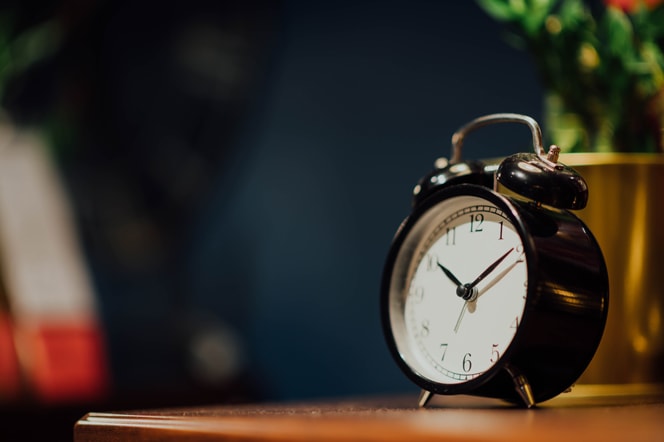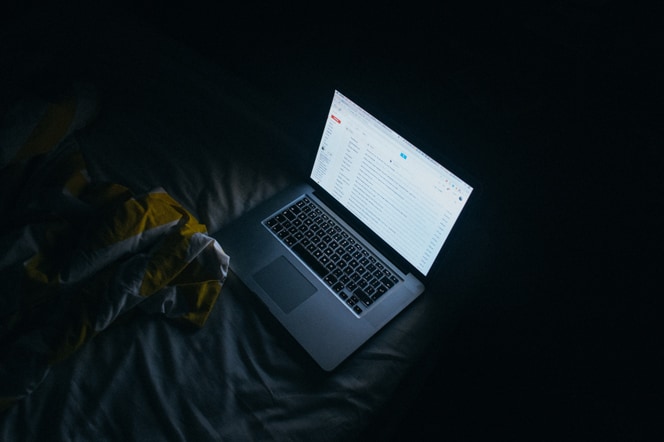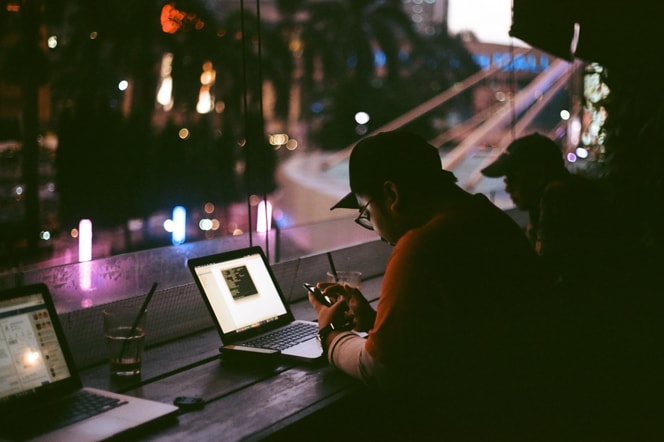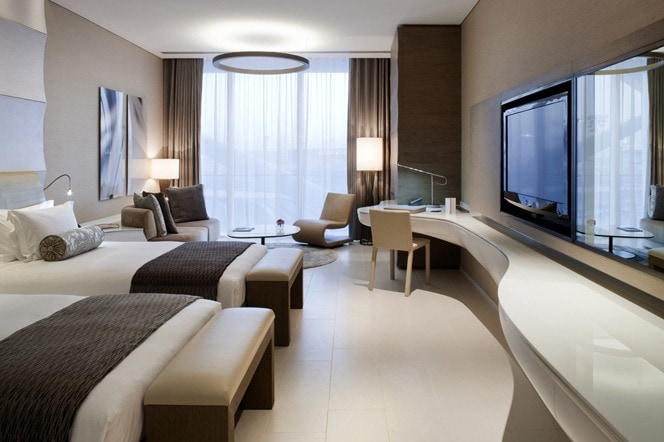As humans, we are naturally inclined to sleep when it is dark and be awake when it is light. For the majority of human history, we have lived by the light provided by nature, and our sleep cycles have been governed by the presence or absence of light throughout the day and night cycle. Only recently in historical terms have we had access to artificial light when it is dark outside, allowing us to live and work 24 hours a day.
Circadian rhythms – your body’s master clock
By the time we are six months old, our circadian rhythm is fully developed, but it needs to be synchronised every day or it will start to drift out of sync. This is because our biological circadian rhythm is not perfectly aligned with the 24 hour day cycle of the earth spinning a single rotation. The cycle within our bodies is approximately 24.5 hours, and as such, it needs to be reset daily. Circadian rhythms help to regulate our sleep patterns and many other critical daily bodily processes, so they act as our body’s master clock.

Melatonin secretion and light
Melatonin, a hormone that makes you sleepy, is created when the body receives triggers from incoming light through non-visual receptors in our eyes. At night, when there is less light, our bodies make more melatonin which makes us drowsy and allows us to successfully move into the sleep cycle. If we expose ourselves to triggering light in the early night, then melatonin secretion will be suppressed and our body clock will be set back, reducing our capacity to get to sleep. The time within a day when our circadian rhythm is synchronised is critical to the biological resetting process.

Resetting your circadian rhythm – the type and amount of light
Other critical factors for resetting our circadian rhythm are the type and amount of light. Light with higher wavelengths (towards the blue spectrum), will lead to the suppression of melatonin secretion, and this will delay our bodies from entering into the sleep cycle. High-frequency light should be avoided late in the day before we want to sleep, but encouraged early in the day because it helps to activate our synchronisation.
The amount of light; it’s intensity and duration, will all impact the effectiveness of the trigger. Ideally, we should have exposure to high light levels early in the day, and progressively reduce the level of exposure throughout the day, just as we experience in the natural world.
Modern lighting and its conflict with sleep
It is clear that light is fundamental to sleep, and the way that most of us live in the modern world can be in conflict with this basic biological process. Most of us spend substantially less time outside during daylight hours than we would have throughout history, furthermore, we extend the presence of light into the night, potentially confusing our biological triggers.
Increasingly, parts of the human population work at night, attempting to live against our natural circadian rhythms. When we are having difficulty sleeping, light should be considered as a potential factor, allowing us to take measures to restrict or enhance our light exposure at particular times.

Lighting design that considers our circadian rhythm
Lighting designers are beginning to develop a much better understanding of how to design lighting for spaces that positively respond to these biological processes. We need to make a wider audience aware of this knowledge and embed it within a design consciousness for the design of future spaces and the way that we live. Consideration for our circadian rhythms can and should be a fundamental design principle, just as the circadian rhythms are fundamental to biological life on Earth.

Achieve the right lighting design for the perfect night’s sleep. Our work spans across residential, hospitality sectors and more. Contact our team of experts for more information on 01707 290010.